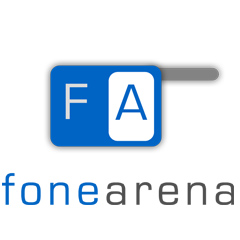
Having been in the tech space for over two decades, I’ve seen many waves of innovation, from the birth of smartphones to the rise of wearables. But few categories have remained as persistently fascinating as Extended Reality (XR). My own journey with XR began in 2015 with the Google Glass. I was an early adopter, and that experience even led to a party with Sergey Brin. Even then, it felt like a glimpse of the future, albeit one that had arrived a little too early. Fast-forward to 2025, and the landscape is nearly unrecognizable. At Qualcomm’s recent XR Day in India, I had the chance to speak with Deb Marich, VP, Product Marketing at Qualcomm to discuss how far the XR ecosystem has come, and where it’s heading next.
She leads go-to-market strategy for Qualcomm’s Snapdragon platforms, with a sharp focus on XR, AI-enhanced PCs, and next-gen silicon like XR2/AR2. She is a veteran in the consumer technology space, having spent the 3 decades working on key advancements in this field.
“I’ve actually been at Qualcomm twice,” she shared. “The first time, I worked on Flo TV — mobile television before smartphones were mainstream. People doubted anyone would watch content on a phone, and now it’s second nature. After a stint at HTC where I helped launch the HTC One, I returned to Qualcomm and moved into product marketing, which I love. I’ve worked on smartphones, and now I focus on XR, wearables, and compute. It’s come full circle — I even worked on ODG’s smart glasses back in the day.”
What Exactly Is XR?
With so many acronyms — VR, AR, MR — floating around, I asked how consumers should make sense of it all.
“XR is the umbrella term we use in the industry for Virtual Reality, Augmented Reality, and Mixed Reality,” she clarified. “I’m not sure XR will become a mainstream consumer term — instead, people will engage with the experiences directly. When you use AR glasses, you can still see the world around you. Mixed Reality lets you see both — the real world and immersive content.”
According to her, what will really win people over is simplicity and comfort.
“Half the population already wears glasses. If you can embed their prescription and add new capabilities — that’s when it takes off.”
Are We at the Smart Glasses Tipping Point?
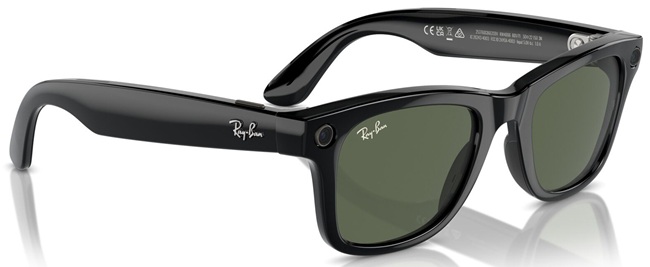
The quick sell-out of the Meta Ray-Ban glasses in India and new lightweight designs from Xiaomi and others prompted my next question: Are we finally at the inflection point for smart glasses?
“Absolutely,” she responded without hesitation. “I’ve been in this space for years, and the shift is real. We now have over 100 XR devices globally, and the latest wave are all consumer-friendly — they’re glasses, not bulky headsets. The tech has matured, the form factors are light, and people are used to tech on their wrists, in their ears — why not their face?”
Her belief in the heads-up paradigm is longstanding.
“I’ve always felt we shouldn’t have to look down at a screen all the time. XR gives us that heads-up future.”
Under the Hood: XR2 Gen 2 and AR2 Plus
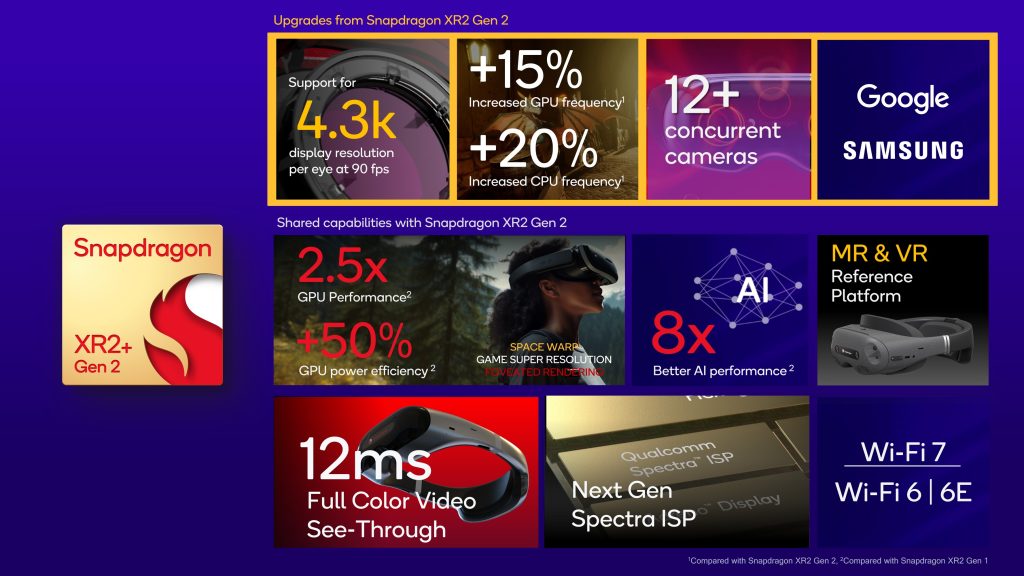
Naturally, our discussion moved to Qualcomm’s silicon — the quiet workhorse behind XR’s big moment.
“Our XR2 and XR2 Plus platforms power immersive VR experiences in headsets. On the AR side, we have dedicated silicon like the new AR2 Plus, which helps shrink the tech while improving compute,” she explained.
One key advancement she emphasized is distributed computing.
“Not everything has to happen on the glasses themselves. We enable OEMs to balance performance and design. XR2 and AR2 aren’t better or worse — they serve different use cases, and both are premium.”
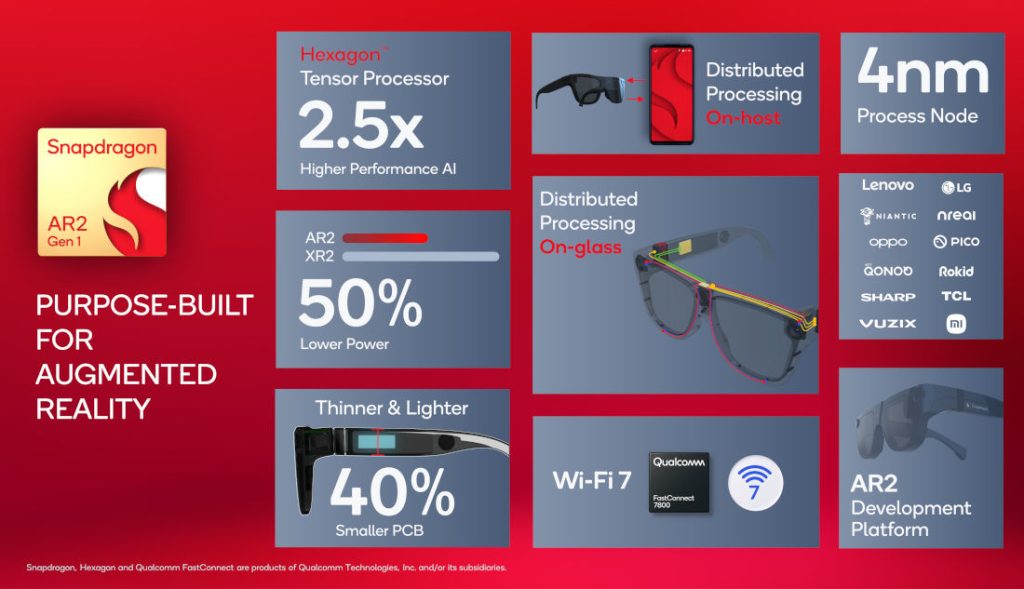
Project Moohan: The Future of Android XR
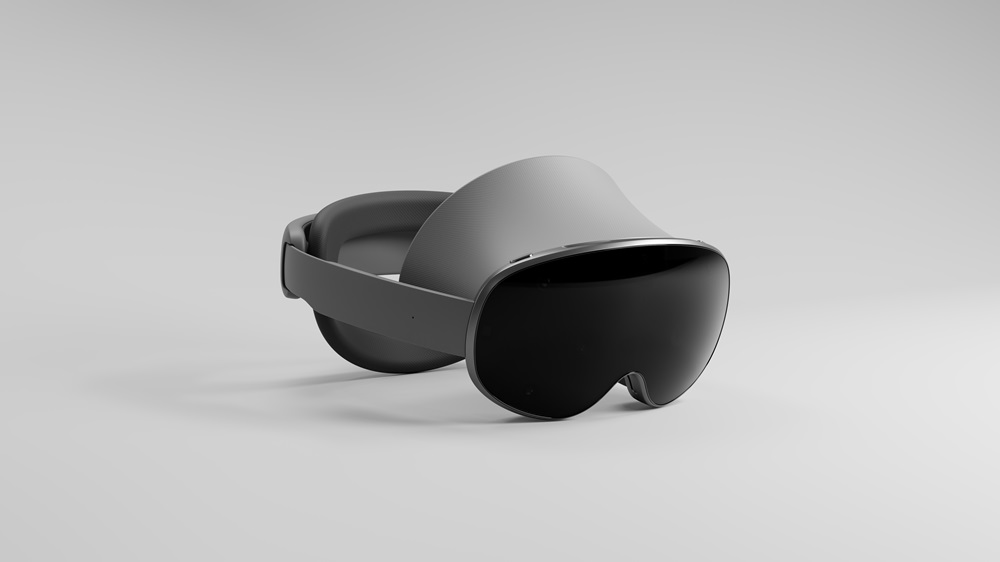
Next up Project Moohan, Qualcomm’s collaboration with Google and Samsung — one of the most anticipated XR projects this year.
“It’s a really exciting collaboration,” she said. “Whenever we work with companies like Google and Samsung, the innovation bar is high. Project Moohan represents a premium XR experience — it’s about delivering not just cutting-edge tech, but real consumer-ready solutions. With such strong players involved, we’re expecting a major step forward.”
Gaming and AI: The Next Leap
We then touched on XR’s potential in gaming — an area that already has a passionate user base.
“Gaming is a natural fit. Imagine a 100-foot screen visible only to you through your glasses — no monitor needed. Add accessories for controls, and you’re in a whole new world.”
Marich believes the secret ingredient for XR’s success is AI.
“It’s absolutely critical. Generative AI enables truly personal assistants. You’ll want to talk to your glasses, coordinate with the cloud, and maintain privacy,” she explained. “Qualcomm’s been working on AI for over a decade, and now that’s powering AR. Without AI, this category wouldn’t be where it is.”
Why India, Why Now?
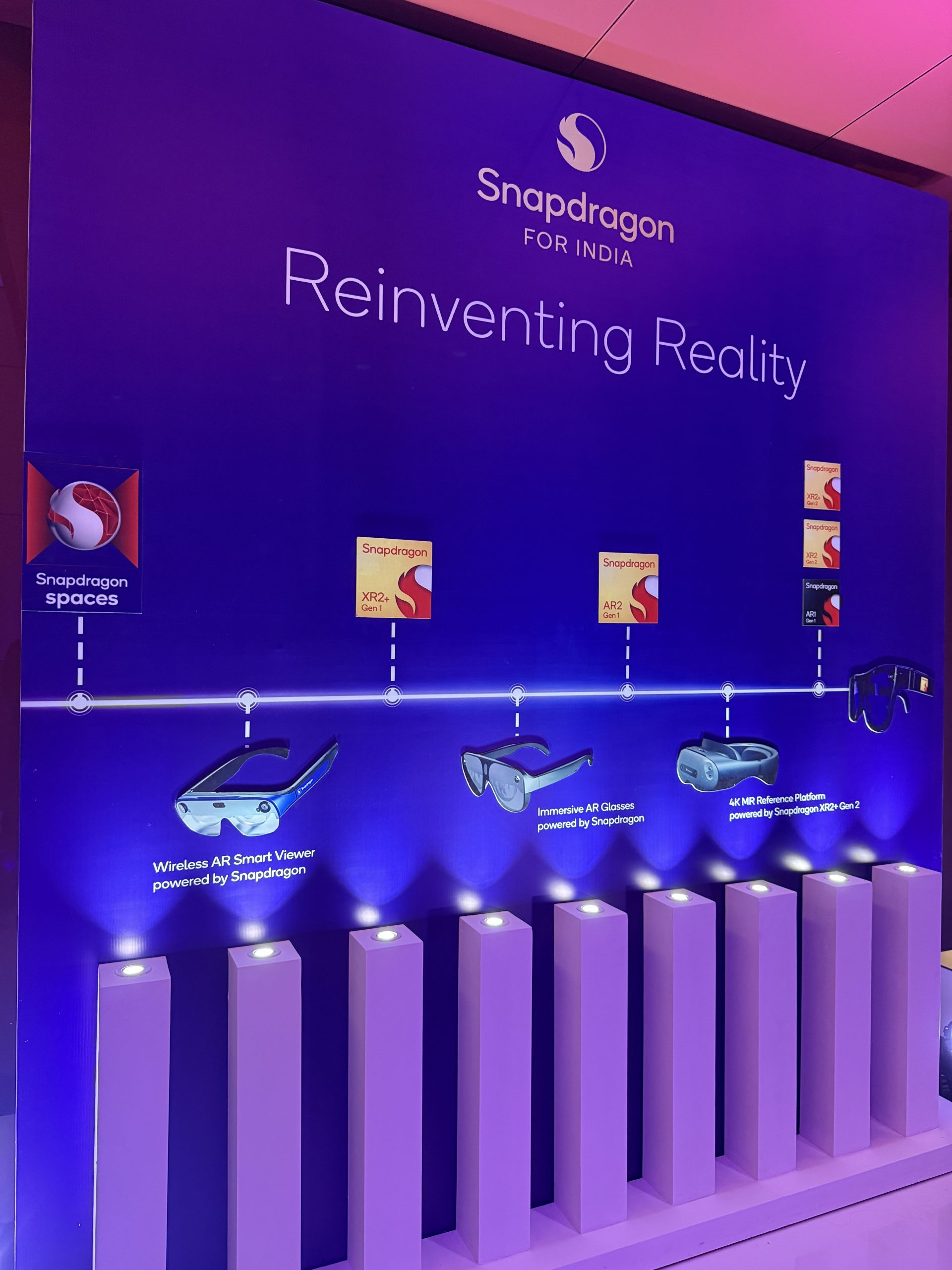
With XR Day being hosted in India, we asked why now — and why here.
“India is the perfect market,” she replied. “You just got the Meta Ray-Ban glasses, and the digital transformation here has been phenomenal — like leapfrogging straight to UPI. XR fits that narrative.”
She pointed to the country’s young, tech-savvy demographic.
“Over 300 million Gen Z users who are mobile-first, visual, and creative — that’s the ideal audience. Developers here have an opportunity to build localized, relevant XR experiences that could shape the global market.”
Overcoming Challenges — and the Road to “Iron Man”
Finally, we touched upon the remaining challenges — from user fatigue to realizing the science fiction dream of fully immersive computing.
“Reducing fatigue is a top priority,” she noted. “We’re investing in perception technologies like eye tracking, hand gestures, face gestures. And lighter devices — that’s where AR2 Plus helps, by enabling compact yet powerful designs. The goal is to make XR glasses something you can wear all day.”
And how close are we to that “Iron Man” moment?
“Honestly, it’s already happening. Five years ago, you couldn’t overlay a map in your glasses while seeing the world around you. Now, you can. We just need developers to build those killer experiences and help it all take off.”
Final Thoughts
As our conversation wrapped up, she left me with one final reflection:
“If you look at the last five years, there’s always been a piece missing. Now, all the pieces are finally here.”
And she’s right. From my first experience with Google Glass to today’s AI-powered smart glasses, it feels like XR has finally come of age. The hardware is sleek and capable. The software is intelligent. And the use cases — from gaming to productivity — are tangible and exciting.
With Qualcomm, Google, and Samsung driving innovation and a market like India eager to adopt the next big thing, XR is no longer a futuristic idea. It’s here — and it’s only just beginning.
